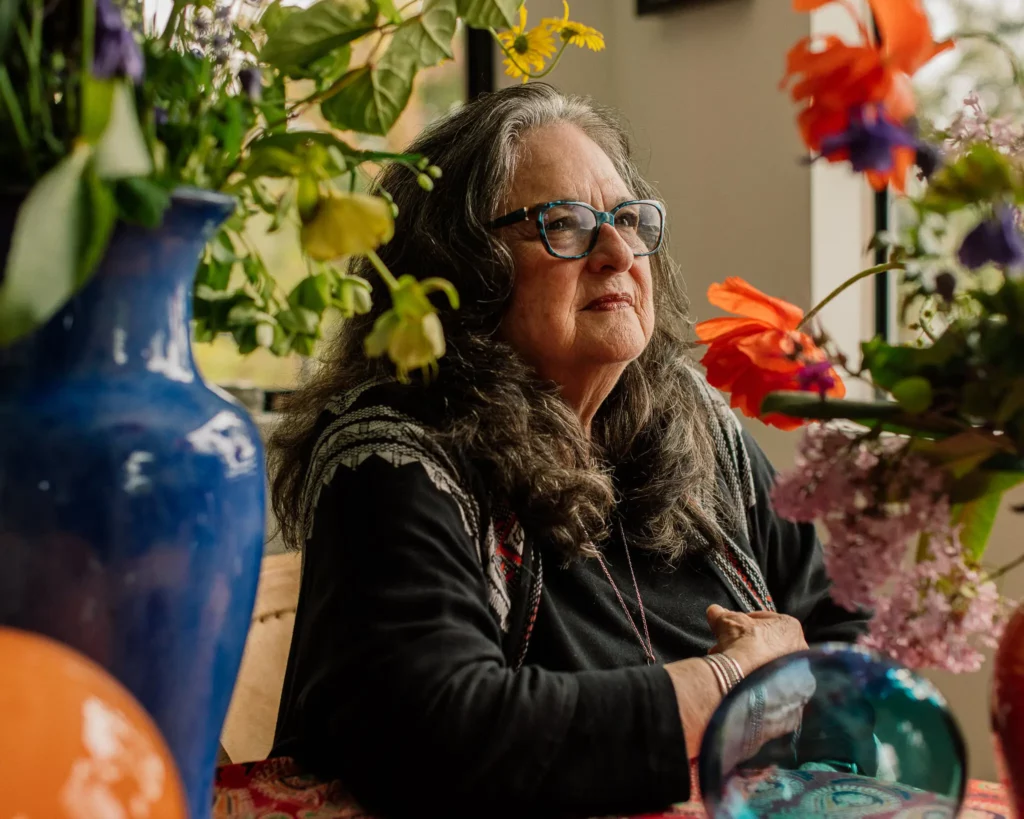Hailed for her rich depictions of California history and social struggle, the Chicana artist says the attention, after decades of being overlooked, surprises her.

LOS ANGELES — It has never been easy to see a Judith Baca mural. They are scattered around this city, splashes of color and depictions of triumph and trauma hidden alongside highways, alleyways and river banks. And they were even harder to paint. Baca had to overcome fumes from traffic whizzing by on the 110 Freeway (she brought a tank of oxygen for when her legs began feeling heavy), flash floods in the Tujunga Wash, and 112-degree afternoons in the San Fernando Valley.
That is finally changing. After 50 years of painting, teaching and social activism, Baca’s career is now being recognized in more conventional settings — museums, with walls, roofs, skylights, electricity, running water and air-conditioning. There are exhibitions celebrating this Chicana artist at the J. Paul Getty Museum and another set to open at the Museum of Contemporary Art in downtown Los Angeles, which will use its warehouse space to display her traveling international exhibition, “The World Wall: A Vision of the Future Without Fear.” A Baca retrospective just closed at the Museum of Latin American Art in Long Beach.
The Lucas Museum of Narrative Art, rising on a construction site near the University of Southern California, bought the 350-item archive of drawings and preparatory sketches for one of her most ambitious works, “The Great Wall of Los Angeles,” which runs along the Tujunga Wash, a channel feeding the Los Angeles River in the San Fernando Valley. That half-mile long mural, which tells the history of California from prehistoric days through the 1950s, is about to double in size, enhanced with lighting and a 90-foot viewing bridge. It is being financed by a $5 million grant from the Monuments Project of the Andrew W. Mellon Foundation.